I have a nitro engine that’s idling at 1600 RPM. As the title says , I also have a BLDC coupled directly to the nitro engine working as a generator. That generator is capable of producing 3.5kW of power. Here’s the diagram:
So , generator is capable of producing 3.5kW of power at around 2000RPM. Let’s say engine is revving up and we have 3.5kW out of the generator. Up until this point , let’s assume an ideal condition and we have a constant power supply of the said 3.5kW .
My plan is to supply this power directly to my quadcopter. Is it possible to work it this way without looking at the current or voltage draw by the motors as long as all four of my motor’s Current times Voltage is less than 3.5kW ?

